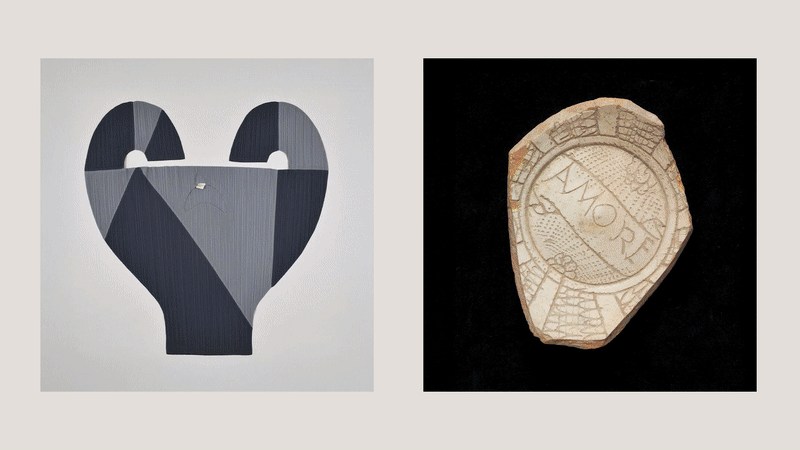Kivik Art Centre Pavilion

Temporary architecture is in. From elaborate tree houses and gallery annexes to rooftop pods and spaces within spaces, it is no longer considered enough just to hire a marquee when you want to make a spatial statement for a month or two.

Click here to see more
A building form that used to belong to the realm of folly-building eccentrics or young architects out to make a statement has now firmly entered the big league. Take, for example, the roll call of names (Koolhaas, Hadid, Gehry, Niemeyer, Eliasson, Ito, etc) commissioned to create the temporary pavilion outside London’s Serpentine Gallery each year.
Some of the best temporary buildings come from cross-disciplinary collaborations and if the new pavilion for the Kivik Art Centre in Sweden by the British architect David Chipperfield and his artist compatriot Antony Gormley is anything to go by, this is a trend well worth encouraging.
Chipperfield’s sophisticated abstract modernism is blended well with Gormley’s mastery of spatial experimentation to create a building of three interlocking concrete volumes from which visitors can experience the lush surrounding landscape.
Each volume has a different name for a different spatial experience: the ‘cave’ – dark like a forest; the ‘stage’ – a horizontal, painterly landscape experience; and the ‘tower’ – offering spectacular views across to the Baltic Sea. The pavilion is a delightful exercise in landscape-meets-architecture-meets-art that outclasses many a permanent construction. It’s a shame that it's not here to stay.
Receive our daily digest of inspiration, escapism and design stories from around the world direct to your inbox.
Ellie Stathaki is the Architecture & Environment Director at Wallpaper*. She trained as an architect at the Aristotle University of Thessaloniki in Greece and studied architectural history at the Bartlett in London. Now an established journalist, she has been a member of the Wallpaper* team since 2006, visiting buildings across the globe and interviewing leading architects such as Tadao Ando and Rem Koolhaas. Ellie has also taken part in judging panels, moderated events, curated shows and contributed in books, such as The Contemporary House (Thames & Hudson, 2018), Glenn Sestig Architecture Diary (2020) and House London (2022).
-
 Step into a winter wonderland at this snow-covered St Moritz chalet
Step into a winter wonderland at this snow-covered St Moritz chaletA Swiss chalet reimagines Alpine living through serene architecture and Molteni&C’s refined, contemporary furnishings
-
 Wallpaper* Design Awards: why Sharan Pasricha is 2026’s Best Host
Wallpaper* Design Awards: why Sharan Pasricha is 2026’s Best HostWe salute the Indian-born, London-based hospitality entrepreneur who can’t stop thinking about ways to upgrade how we live, work and connect
-
 Wallpaper* Design Awards: London’s V&A East Storehouse is Launch of the Year 2026
Wallpaper* Design Awards: London’s V&A East Storehouse is Launch of the Year 2026Designed by Diller Scofidio + Renfro, the V&A family’s latest outpost turns the museum concept on its head, offering a revolutionary peek into the daily life of the institution’s Wunderkammer of a collection